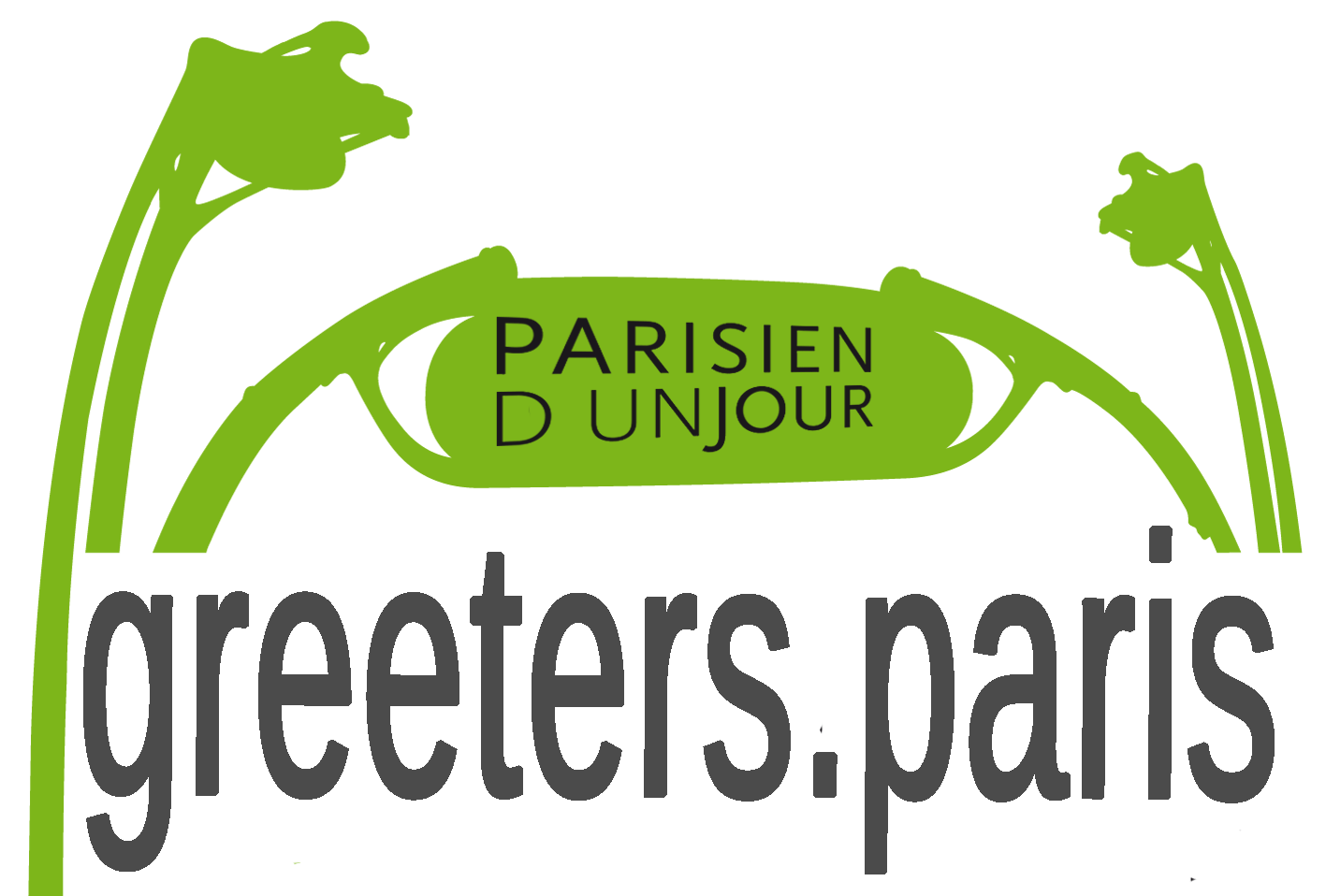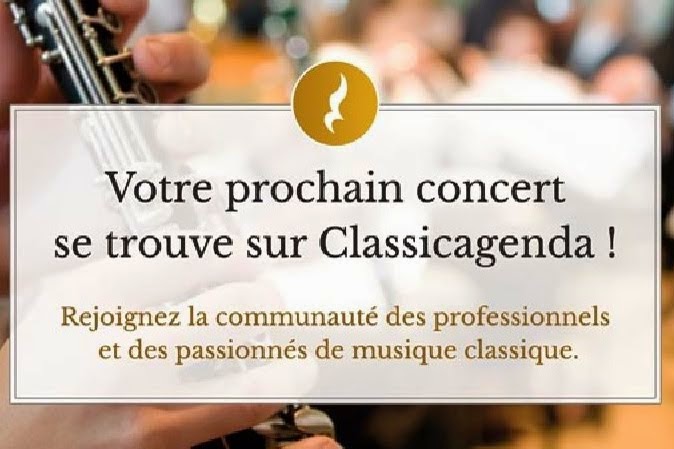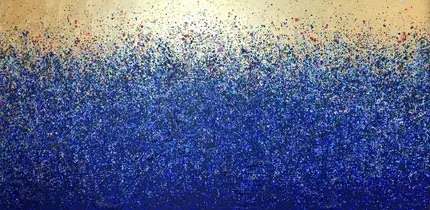19.12.16
15.12.16
Last minute shopping… ?
People were
queuing up in front of the very fashionable - and expensive - shoe shop
Christian Louboutin – famous for its red-lacquered soles. I was not aware about
the fact that they also sell men’s shoes - people were queuing up there also. Most of the shoes are in
the price range 500 – 1000 euros or dollars… I did not join the queue, but
walked again through the beautiful and now very fashionable Galérie Vero-Dodat.
I wrote about it already in 2008. You can find links to different posts I have
written about different “passages” and “galéries” from this post.
The Galérie
Vero-Dodat dates from 1826. As most galleries it was successful for a few
decades, before the arrival of the department stores. Of some 150 Paris galleries
existing around 1850 only 18 remain today. This is one of the most fashionable ones with art and antique galleries, fashion shops…
… and
places for eating and drinking. (One of them is known for having been a
favourite of the writer and poet Gerard de Nerval and this is where he had a last
drink before committing suicide in 1855.)
The
entrance to the upper floors, “escalier”, is well indicated.
Less
fashionable is the parallel, neighbour narrow street, Rue du Pelican. It’s especially
remarkable for its name, deformed from “Rue du Poil-au-Con” (which I by decency
may not translate here). During previous centuries it was a street of prostitution,
now it's a clean pedestrian street.
Labels:
Galérie Vero-Dodat,
Paris 1
12.12.16
Old buildings.
This pharmacy, at no. 115, Rue Saint Honoré, has been there since 1715. On
the wall you can read “Fabrique d’extraits évaporés à la vapeur et dans le vide”
(Makes extracts, evaporated, steamed in the void). This is where Axel von
Fersen bought the invisible ink he used in his correspondence with Marie
Antoinette. (I trust you know about the flight to Varennes and the possible more or less close relationship between Marie Antoinette and Axel - if not, you may read e.g. here, here, here or here.)
The facade of the pharmacy was modified during the 19th century and the interior much later… There are only a few traces of something old. On a wall you can read that this is the only place where “Digitaline Cristallisé de Nativelle” could be bought. The crystallized digitaline came into use during the 19th century, obviously a heart stimulator (or poison - see Agatha Christie, Colombo…).
The facade of the pharmacy was modified during the 19th century and the interior much later… There are only a few traces of something old. On a wall you can read that this is the only place where “Digitaline Cristallisé de Nativelle” could be bought. The crystallized digitaline came into use during the 19th century, obviously a heart stimulator (or poison - see Agatha Christie, Colombo…).
Comparing
the maps from the time of Marie Antoinette and Axel, end of 18th
century, with today, we can see the distance between the Tuileries Palace (burnt down in 1871), where
Marie Antoinette spent the last years before her imprisonment, and the pharmacy.
Rue Saint Honoré was then an important street – the now more or less parallel Rue
de Rivoli (the red dotted lines) did not yet exist.
The yellow
dotted part of Rue Saint Honoré is on both sides full of 17th, 18th
and a few 19th centuries’ buildings.
Some
special places and buildings: In front of the pharmacy is the place (the building
is gone) where Molière was born (see previous post) and later Richard Wagner
lived for a while. Not far away you have a gate, which corresponds to an
opening in the Philippe Auguste wall which has since disappeared (except... see previous posts).
There is a
completely different type of building from 1776, originally occupied by water
supply personnel. The fountain which is incorporated in the building, “La
Fontaine du Croix-du-Trahoir”, was in its original form opened in 1529.
What was a
shop with a surprising name, “A la Renommée des Herbes Cuites” (To the
reputation of cooked herbs), created in the 19th century, is now a
restaurant.
This
building, “Au Bourdon d’Or” (The golden bumblebee) dates from 1825. In a
previous building here, with the same name, there was an apothecary shop where King
Henry IV obviously received care after being attacked in 1610. Well, he didn’t
survive.
You can
also find the “Oratoire du Louvre”, originally, in 1611, opened as a French,
distinct, branch of the “Oratary of Saint Philip Neri”, later, in 1623, made a
royal chapel (where the funerals of Louis XIII and Richelieu were held). It
became a protestant church in 1811 (which means that the doors are closed
except for masses).
There is a
little gallery, “Village St. Honoré”…
… a number
of bars and restaurants…
… shops.
Labels:
Paris 1
8.12.16
More from the south of Portugal.
A fourth
and last report from my visit to the south of Portugal. I visited parts of the
interior, went westwards to the rougher coastline…
Some
special comments on a few places:
Close to
Faro you can find the 19th century “Palace of Estoi”, which used to be a
private home and now is transformed to a luxury hotel. You are welcome to walk
around the gardens, even without being a guest at the hotel.
A charming
covered market at Loulé.
Monchique
offers spas and health baths, “Caldas de Monchique”…
… and
spectacular views from the highest peak in southern Portugal – “Fóia”.
Some more general views from stops
along the road.
Reaching the western coastline, there
are again some spectacular views, driving down from the Bordeira region to the Sagres
region, down to the extreme southwest at “Cabo de Sao Vicente”. Cliffs, beaches, surfers…Beautiful!!
Taking the direction back to the Faro and Olhão region you can notice that the
coast west of Faro is full of luxury villas with swimming pools, golf courses,
marinas… quite different from what you find east of Olhão, where the atmosphere of
the original fishermen’s little towns and villages is much more present.
Labels:
Portugal
5.12.16
Ria Formosa
A third “report”
from the south of Portugal. What you absolutely must visit is of course “Ria
Formosa”, the coastal lagoon you find in front of Faro and Olhão. The
tide is here in general limited to some 2 or 3 m (6 - 10 ft). It means however and of course that many of the "islands" disappear during part of the day, but
there are also some real barrier islands. I visited two of them, Culatra and Deserta
(also named Barreta). You can go by ferry, speedy taxi boats, slow special
boats for bird watching… I tried them all.
A first
trip was from Olhão to the Culatra Island and its fishermen’s village… and a nice lunch…
… followed
by a walk along the island and its beaches in the direction of Farrol , lighthouse
and village.
I made a
second trip, this time from Faro…
….by a slow
boat to try to watch a little bit of the bird life. The lagoon is of course a
birds’ paradise. Some 20 or 30.000 birds live here permanently, but the lagoon
is also an important stop-over for migrating birds on their way between Europe
and Africa.
This time I
arrived at the Deserta (or Barreta) Island, where the only buildings are a few fishermen’s
huts and a restaurant, where I had some local oysters and more.
Then time
for a nice walk admiring the scarce vegetation…
… the human
and bird footprints and more…
When it is low tide you can see some people collecting
what you will later find at the fish market or on your restaurant table. You may
observe the little hole to the left of the feather? This is where the nice knife
shells hide. There are different techniques to get them out of the hole.
Labels:
Portugal
Subscribe to:
Posts (Atom)



































































